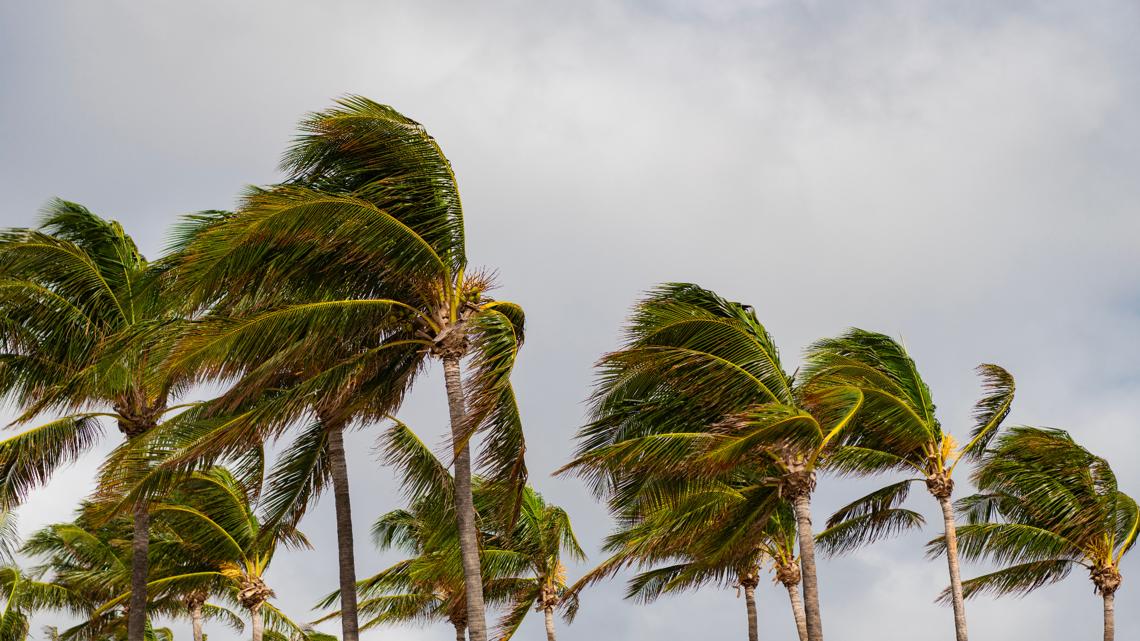Hurricanes play a destructive but necessary role in Earth’s climate system.
CLEVELAND — Mid-September marks the peak of the Atlantic hurricane season, yet 2025 has produced only six named storms so far — a quieter start than usual. Hurricanes, while destructive, serve an important role in balancing Earth’s climate and sustaining ecosystems.
Tropical cyclones form over open warm ocean waters, drawing up heat and moisture. As they churn, they act like giant engines, redistributing energy from the tropics toward the poles. This exchange helps regulate global temperatures, preventing the tropics from overheating and moderating conditions in higher latitudes, including the Great Lakes region.
That redistribution can ripple into the upcoming winter. By moving heat northward, hurricanes influence ocean currents and the jet stream, which in turn help set the stage for seasonal patterns. For Northeast Ohio, that can mean shifts in storm tracks, snowfall potential and cold-air outbreaks. A more active hurricane season often translates to lingering warmth in the Atlantic, which can feed into stronger late-fall storms before the region settles into winter.
Closer to home, the remnants of tropical systems can deliver valuable rainfall. In northeast Ohio, late-season moisture helps ease summer dryness, which is crucial for fall foliage. Trees stressed by drought often show muted or early color, while steady moisture supports brighter reds, yellows and oranges across the region’s forests.
Despite their destructive reputation, hurricanes are a natural part of Earth’s climate engine. For Ohioans, their distant influence can quietly shape the look of autumn and even set the stage for how winter unfolds.
